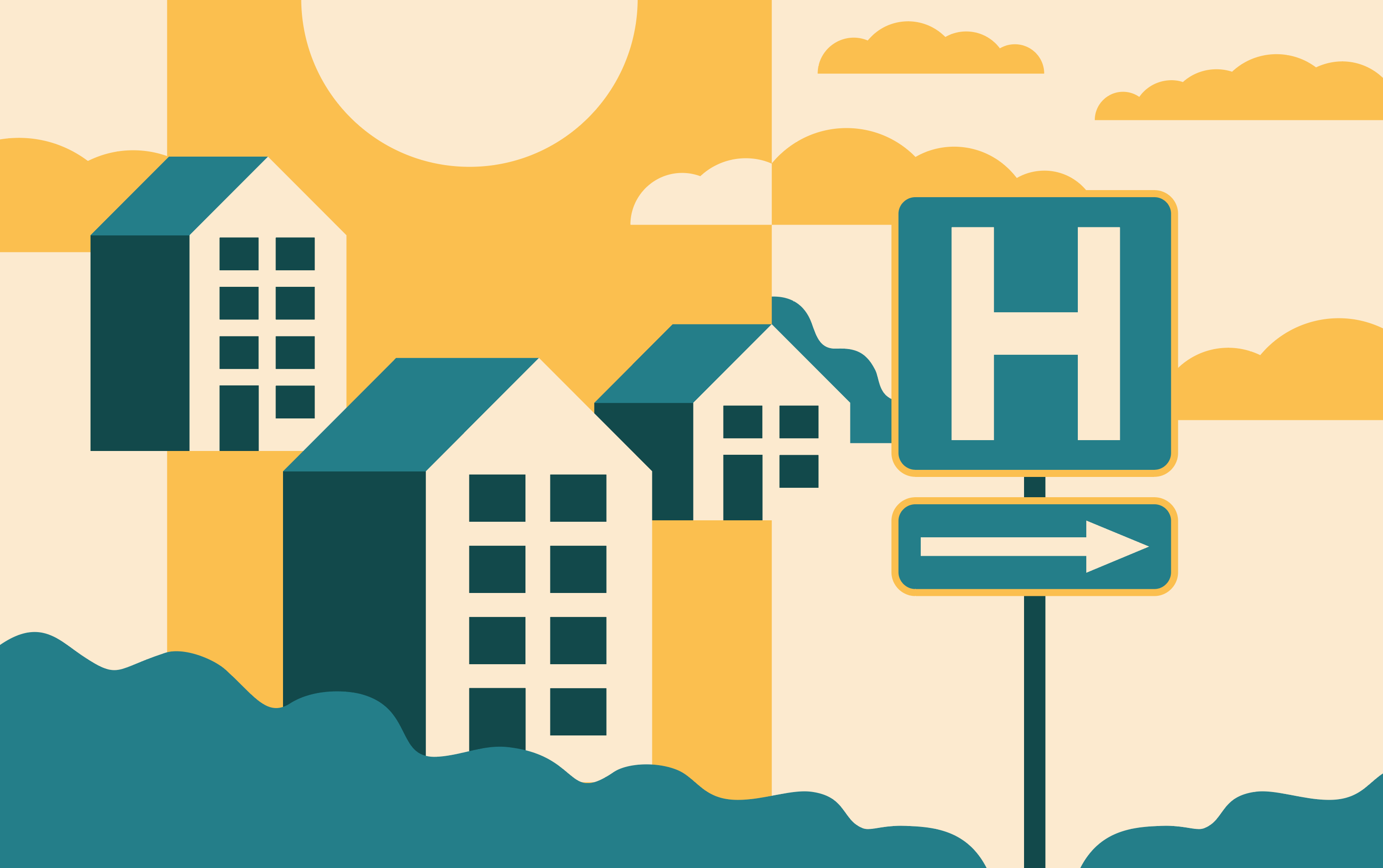Safety in community-guided healthcare can mean a lot of different things. But no matter what we’re talking about, there’s one thing we can all agree on: safety matters. For both health plan members and those conducting community-based outreach. Whether it be in-home visits, meet ups in the community, or phone outreach, safety should always be top of mind.
Who's Responsible for Safety?
In short, everyone. As a community-based organization working in the communities we serve, it’s our responsibility (and the responsibility of our health plan partners), to follow proper procedures and take safety seriously in order to keep all parties—health plan members, communities, and people like Reema’s Community Guides—safe when conducting in-home visits.
There are several best practices to remember to keep members safe while spending time in-person. With the right training, access to the best resources, and community-level knowledge, everyone can be better equipped to have safe and meaningful visits with members.

Safety Considerations
There’s a lot to consider when it comes to member safety. Here are a few things we should keep at the forefront of our minds when interacting with members in their homes and surrounding community:
- How safe is this member in their home when interacting with someone from, or on behalf of, their health plan?
- Are we seeing any health-related social needs or social determinants that are impacting the safety of the member?
- What is their home environment like and how physically safe is this member in their home and with the people around them?
- Is this member experiencing social isolation or loneliness?
- How can we keep team members (and/or third-party partners) safe while conducting home visits?
- What measures have been taken to hire the right people to carry out this community-based work?
- What are we doing to keep all parties healthy during home visits?
By asking these questions before, during, and after home visits, we’re more likely to identify safety concerns and be better prepared to address them.
3 Member Safety Standards to Keep Top of Mind
While safety in healthcare can mean a lot of things, here are 3 considerations to remember when conducting community-based outreach activities with a member in their home.

#1: Meet Members Where They Are (and where they feel most comfortable)
Conducting member home visits is an effective way to see how a member lives. This allows you a deeper look into their lives: their living conditions, the health of the relationships of those they live with, assess if the member is feeling lonely or isolated, and is a chance to see if there are any safety concerns within the home or unmet needs the member hasn’t mentioned.
But not every member is going to be comfortable with inviting someone into their home—at least not at first. Having the flexibility to meet a member in a public place of their choosing, like a coffee shop or local library allows for time to build trust and establish a relationship.
It’s all about meeting members where they are. Having members lead and decide where they want to have conversations and how much they want to share is a unique way Reema promotes member safety and trust.
This approach isn’t always possible with other community-based organizations and is one of the many unique ways Reema conducts member outreach. Our Community Guides are flexible and happy to meet members where they are—this approach invites more trust and helps us to avoid unsafe situations.

#2: Build a Safety-Minded Team (with rigorous vetting practices)
Before hiring someone to conduct community outreach, consider the responsibility this person will have to the members they serve. We live in a gig economy where there are new contract opportunities every day. But is the health of high cost, high needs members really the place to utilize this model? At Reema, we don’t think so. Having the right people in the right seats on a full-time basis, especially when conducting field work, should be (and is for Reema) a top priority.
There are several ways to ensure you’re hiring the highest quality candidates to conduct community-based outreach. At Reema, before we even start scheduling interviews, we’re very intentional about where we post our open roles. We utilize job boards and professional networks that yield high quality candidates.
Here are a few more of Reema’s hiring practices that we recommend health plans implement when considering candidates for community-based work:
- Safety starts at the interview: conduct multiple rounds of interviews with various members of the team that include behavior-based questions, values-based questions, using a structured interview process
- Secure the highest tier of background checks and testing for all potential employees, including criminal history, credit history, driving record, and drug testing
- Request professional references
- Complete security & privacy compliance training
- Understand and adhere to any Medicaid or Medicare requirements
- For field work, hire directly from the communities that you’re serving
- Onboard new team members in-person and in-market before beginning member outreach—this time is valuable to confirm that the right people are in the right seats
- Hire full-time employees over part-time or contracted team members—the level of ownership and commitment shows up differently
- Provide readily available resources and information on an ongoing basis
- Always emphasize that safety is a priority and revisit best practices often
We’ve found that in order to effectively build trust and establish meaningful member relationships, Community Guides need to be full-time employees, dedicated to their members’ healthcare journey.

#3: Always Keep Safety Top of Mind (for members and your community-based workforce)
Safety comes into play in almost every aspect of community-based outreach. That’s why safety training should be a critical component of onboarding new community-outreach team members before any field work begins.
An example of how we practice safety that is unique to Reema’s approach is the “safety in numbers” strategy. This means that if a Community Guide is going to a building or neighborhood they’d like support in, they can bring a fellow Guide along for added security. Our team appreciates this approach and how much we encourage this, especially in the beginning of a relationship, as it differentiates Reema from other places they have worked where they talk about safety, but wouldn’t have supported the time investment to send two people.
No matter what the situation is, safety should be considered. In a public place, a private home, a vehicle, or out in the community—it’s always safety first.
Oftentimes, a home speaks for itself and will offer clues to any safety concerns. That’s why there’s real value in observing and interacting with people in their homes. One of the key advantages to community-based outreach and home visits is to not only build personal connections and trust, but to assess the safety of a members’ situation.
Lastly, consider the different safety measures needed in all of the different ways you may be interacting with a member: in their homes, in a car, or out in the community. This is where employing people who live in the communities you serve is a major advantage. When someone is familiar with the area they are working in, they can better maintain their own safety, and the safety of members because they understand the community.
Impact of Safety on Health
When we establish a foundation of safety and trust, we’re able to meet member needs and impact health outcomes. By building an approach to community-based healthcare where safety is at the forefront, we can secure safety for all. Safety for the members we serve. Safety for the communities we work in. And safety for our team of Community Guides that are doing this meaningful work day in and day out. Because everyone deserves to feel safe when navigating healthcare.



